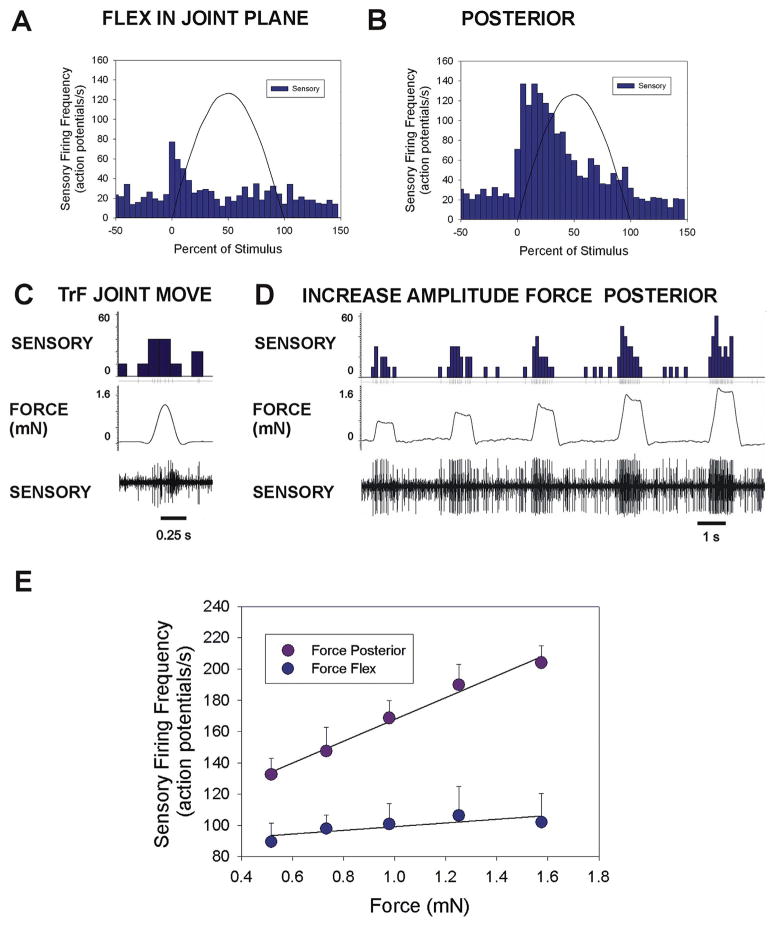Fig. 5. Plots of responses and encoding of force magnitude in cockroach femoral campaniform sensilla.
A. and B. Cumulative plots of sensory discharges to forces applied in the plane of the CTr joint in the direction of joint flexion (A. n = 75 tests, N = 3 animals) and in a posterior direction, perpendicular to the joint plane (B. n = 85 tests, N = same 3 animals). Minimal sensory discharges occurred in the plane while intense firing was elicited in a posterior direction. C. Movement resisted by joint stiffness – Brief sensory discharges could be elicited when the TrF joint was not fully engaged. D. Amplitude series – Forces were applied in a posterior direction at varying amplitudes but the same rate of rise and decline with the TrF joint fully engaged E. Encoding of force magnitude – Plot of the mean sensory discharges (largest units) to forces applied as ramp and hold functions to forces in the joint plane (flexion) and posteriorly, perpendicular to the plane (flexion n = 8 repetitions of 5 levels; posterior n = 11 repetitions of 5 levels, N = 1). The femoral sensilla effectively encode force magnitude in a posterior direction but discharges were minimal in the plane of the coxo-trochanteral joint. (Sensory histograms in C, D: action potentials/second).

